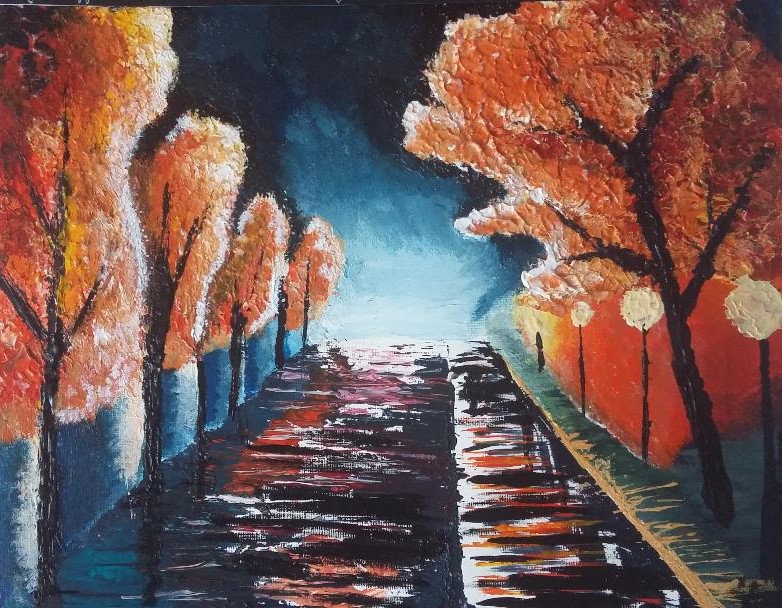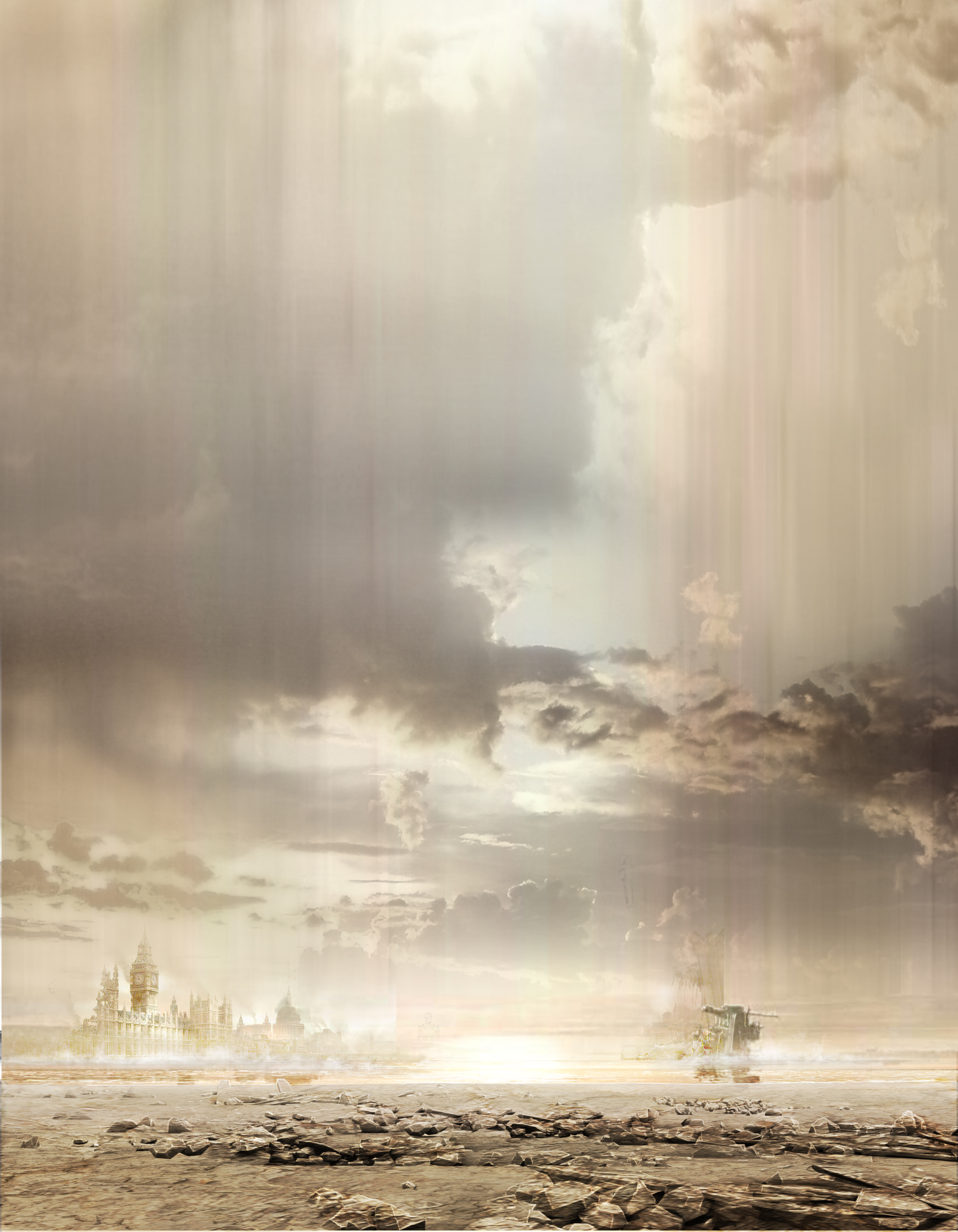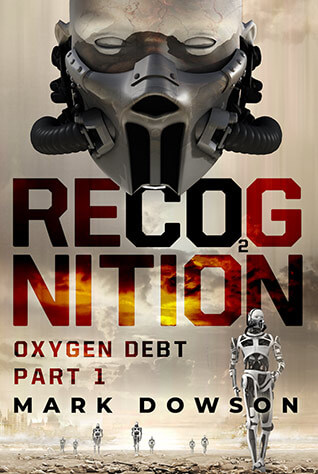
The Design philosophy of Stadium Roof mounted turbines and its link to the story
Unique Selling Points of why an innovative stadium turbine array is a better choice than a large freestanding turbine sitting in a greenbelt site on land or offshore:
– stadium roof mounted turbine array has the origin of generation close proximity to the end-user, avoiding the huge vast expense of electricity distribution costs associated with transmission of the electricity generated from point of origin to end-user. Large freestanding turbines also have large civil costs.
– stadium roof mounted turbine array avoids the energy loss caused by the electricity dissipation along the transmission lines, losing efficiency of wind yield from generation being used. Resulting in more increased costs of large freestanding turbines.
-stadium roof mounted turbine array can produce more than 40% co-efficiency of performance (meaning, the amount of revolutions the turbine blades can turn on a stadium turbine array is much more than a freestanding turbine, due to more undisturbed windward flow coming into contact with their rotor blades), compared to approximately 20-25% co-efficiency of a large freestanding turbine due to disturbed windward flow caused from more wind shear and turbulence within a vast open space.
– stadium roof mounted turbines have less environmental impact, due to being an integral part of the stadium roof’s design. They are less prominent and conspicuous than a large freestanding turbine, within the brown or greenfield landscape. Resulting in having less visual impact. Less disturbance to biodiversity compared to large freestanding turbines. Less planning time and costs involved, as less environmental impact, due to less visual, less noise, less height off the ground, avoid aviation disturbance, and avoid disturbance to ecology and nature.
-stadium roof mounted turbines could be structurally supported along with solar PV on the roof of the stadium, doubling the amount of renewable power generated.
-stadium turbine array could be developed alongside the continued growth in development of offshore wind power to help meet a reduction of climate change emissions more quickly.

The design philosophy’s link to the story
Lastly, the stadium roof mounted turbine array is an analogy of how the protagonist has started a great concept design but the detailed design is yet to be completed. Which will manifest into an improved advanced design where better materials will be used and an improved design by using a series of ducted holes in the roof and placing the turbine arrays inside them to create a venturi effect to increase even more undisturbed windward flow and thus increase the efficiency from 40 – 59% efficiency. Then a further advancement in technology at a later date would be to progress wind energy generation with even less visual impact from vaneless turbines having no rotor blades, transformed to a wind panelled system that creates electricity from ion energy being created from the impact of wind creating electrical charges from the windward flow hitting the surface of the wind panel material – graphene.
The paradox of the protagonist not being able to complete his intel/ his concept design is because he needs to unblock his mental trauma in book 2 to advance to the next stage of the design. Which is a clever way of saying the design hypothesis is unfinished until it achieves detailed design. So the concept design in book 1 will inevitably be advanced upon on book 2 and book 3. It’s the journey we all have to go on to complete a detailed design.
The irony, is that the protagonist represents us all symbolically as we all want to help combat against climate change with our own ideas, especially our younger generation. But if our youth all end up like the protagonist suffering from trauma from witnessing and suffering from a climate change or natural or manmade disaster, then they could be unable to unblock their trauma that inhibits their creativity to enable the very design solutions required to combat climate change.
Asking the philosophical question, “Do we have enough time left to create the innovative design solutions required to combat climate change before we are all unable to do so, due to enduring mental trauma suffered from the very disasters we are trying to stop?”


